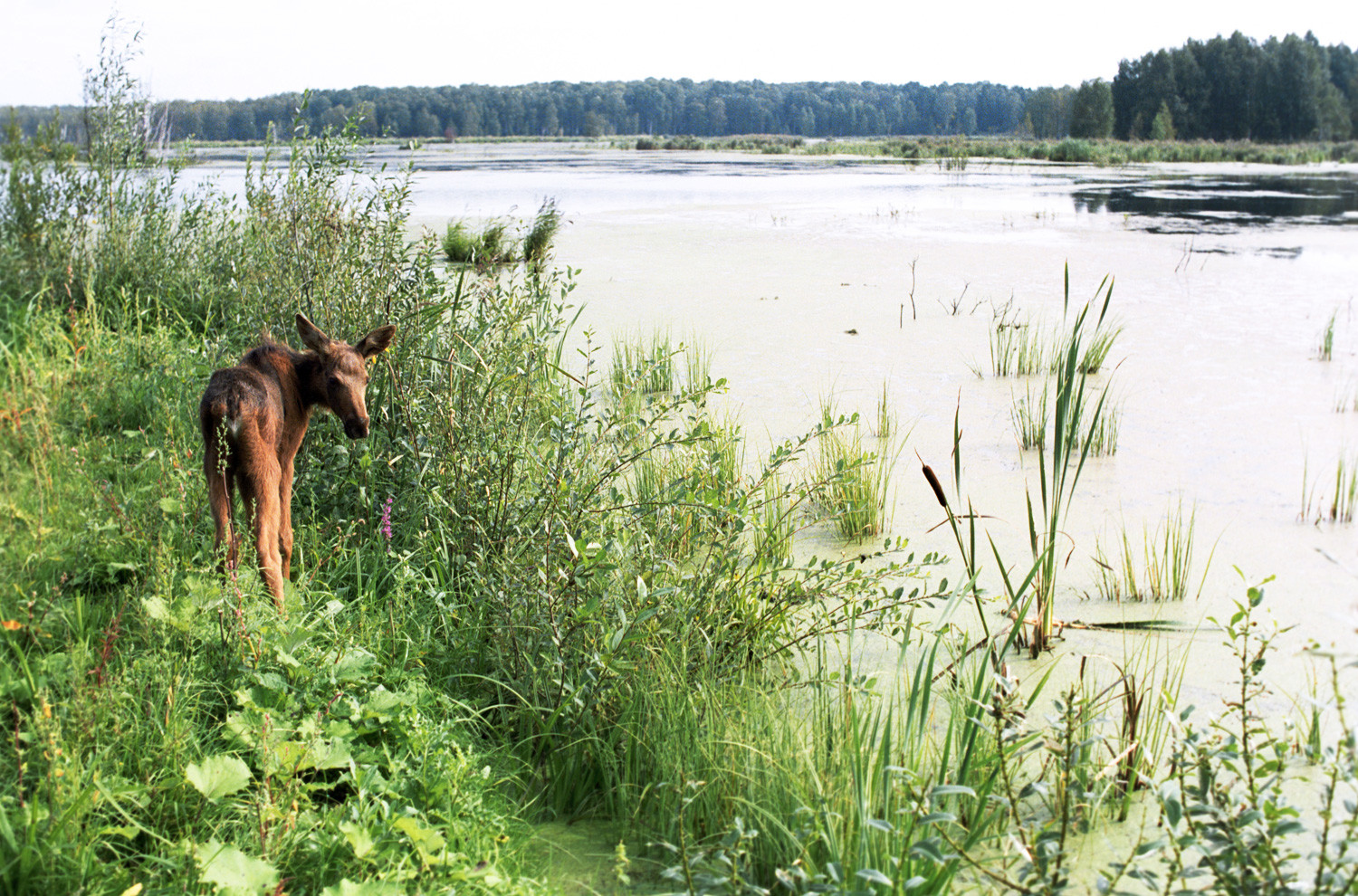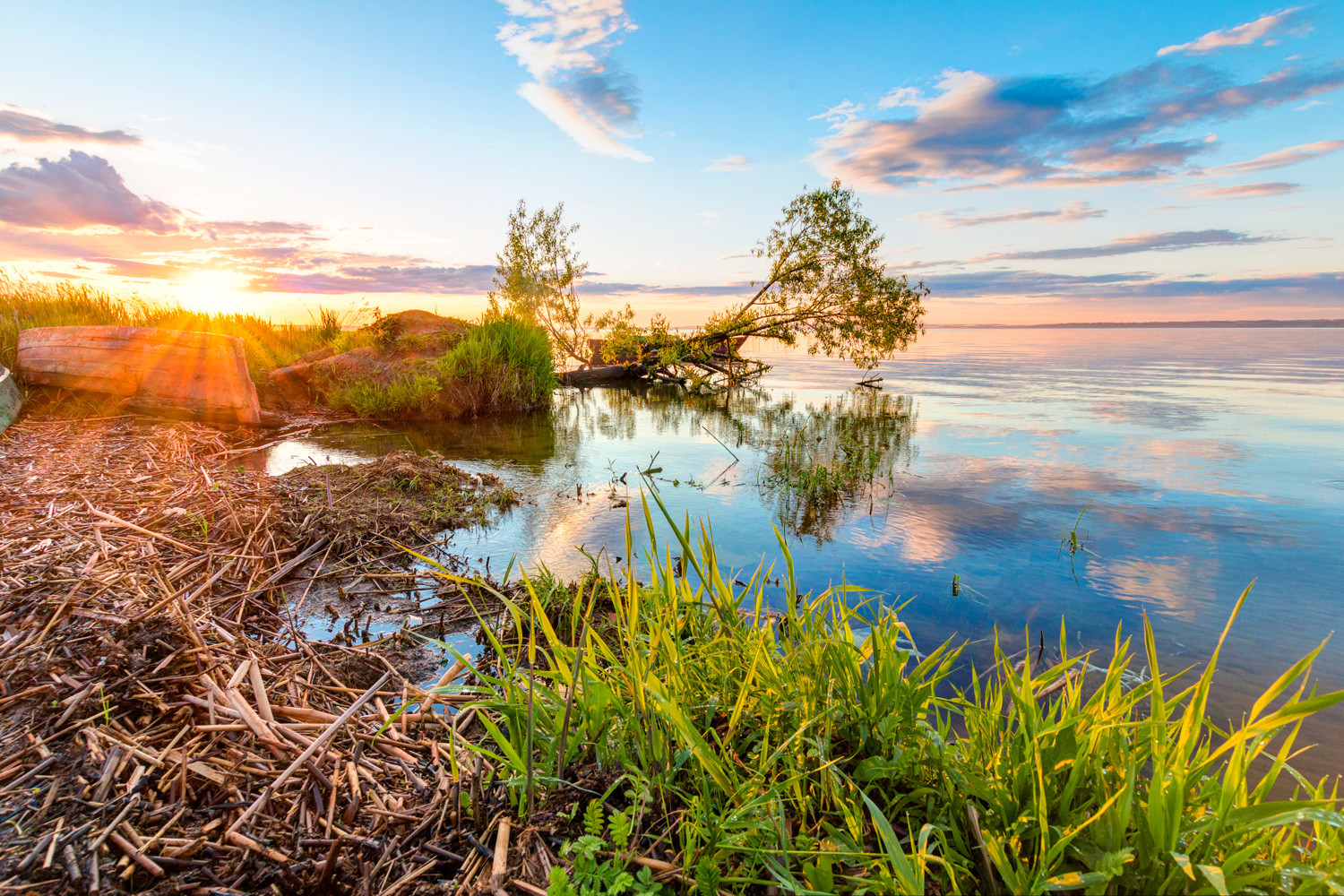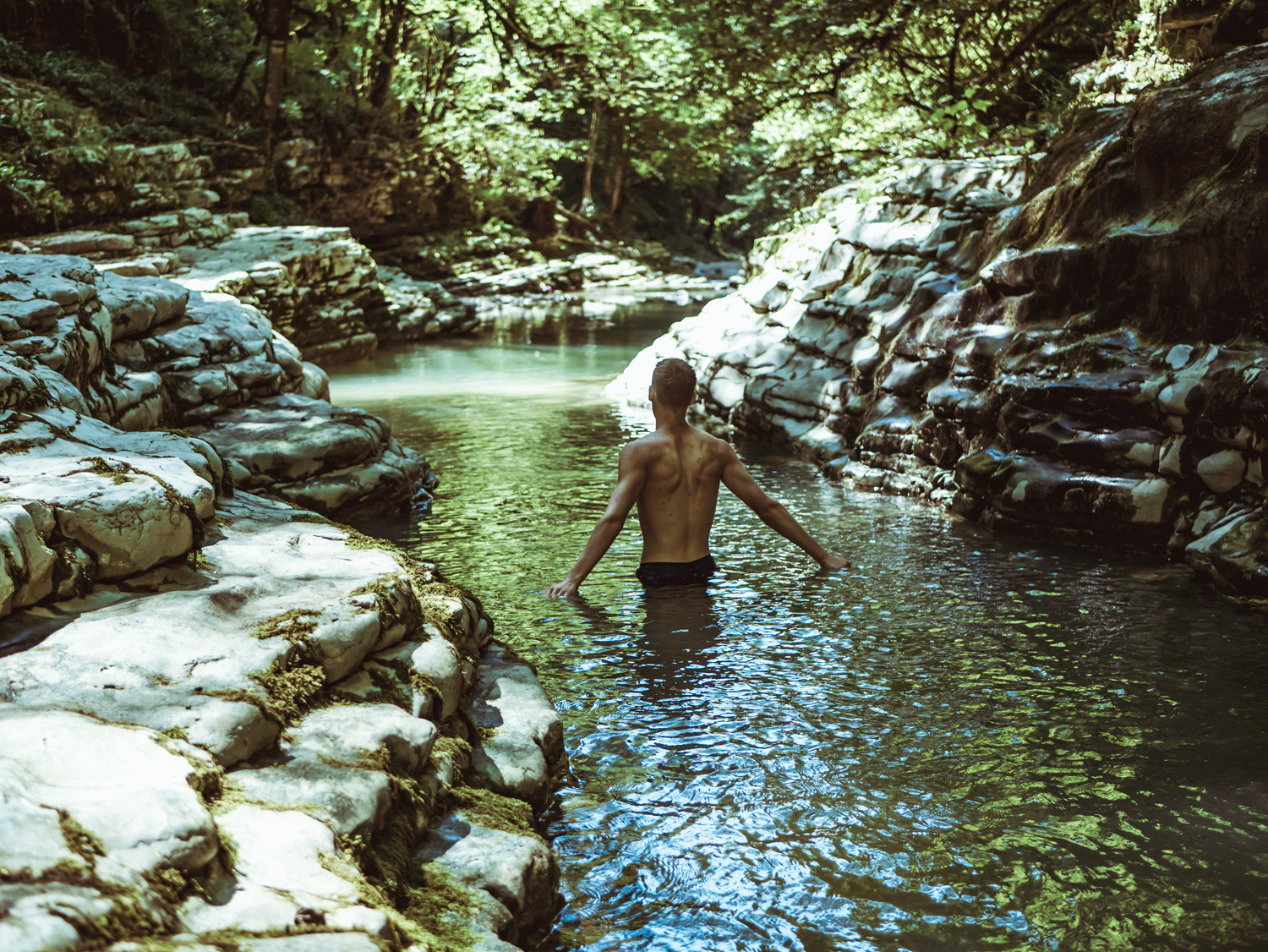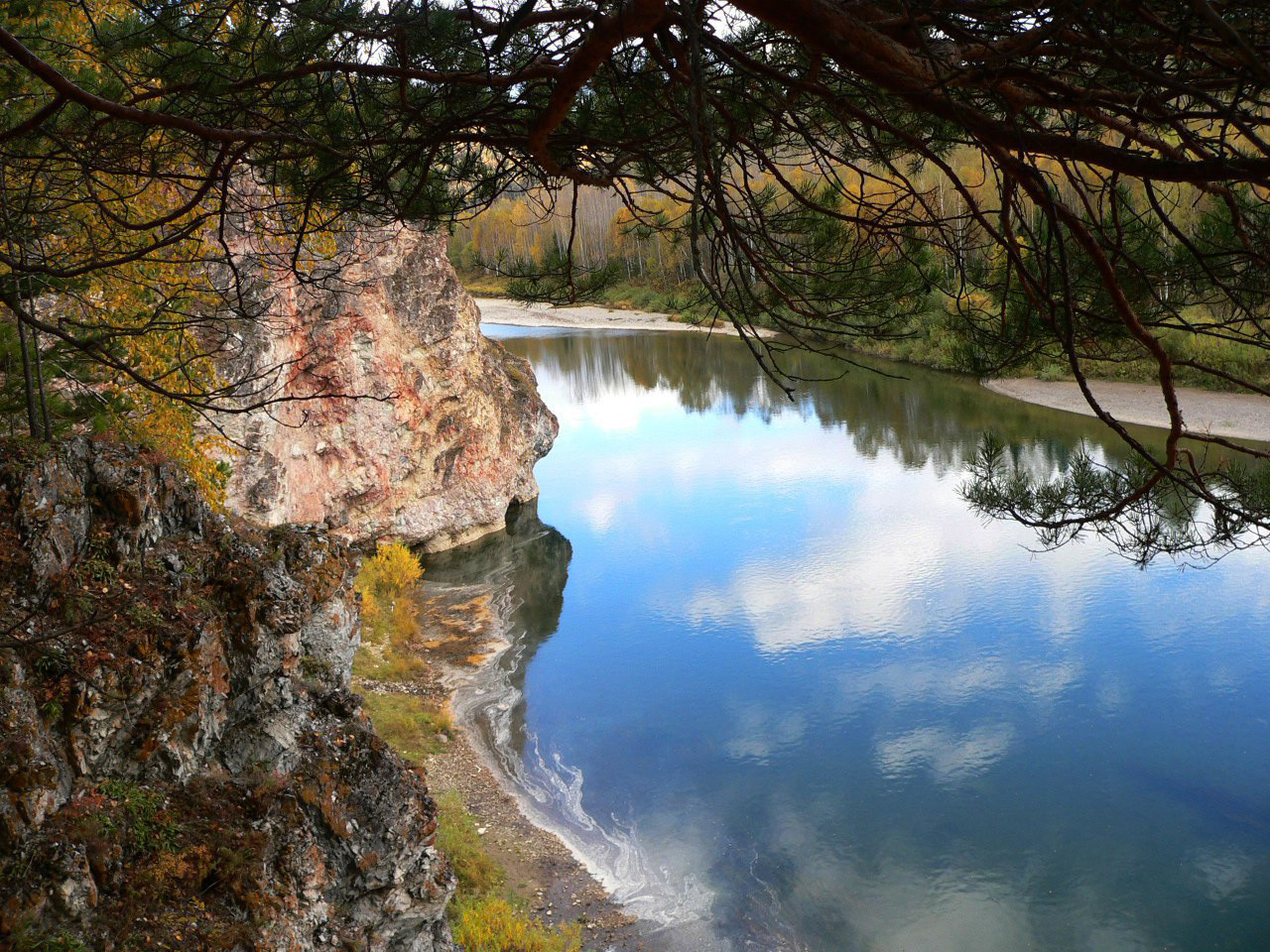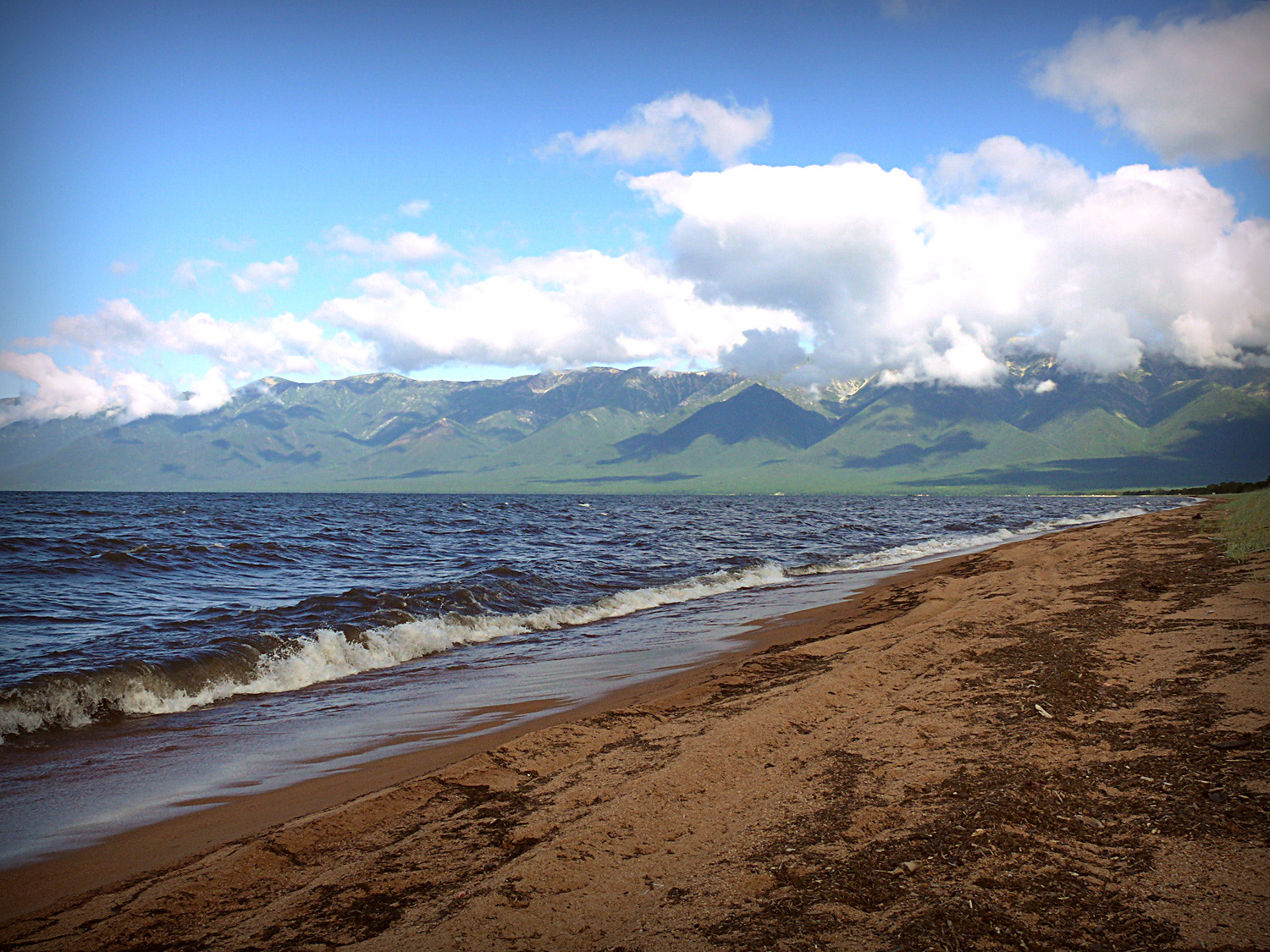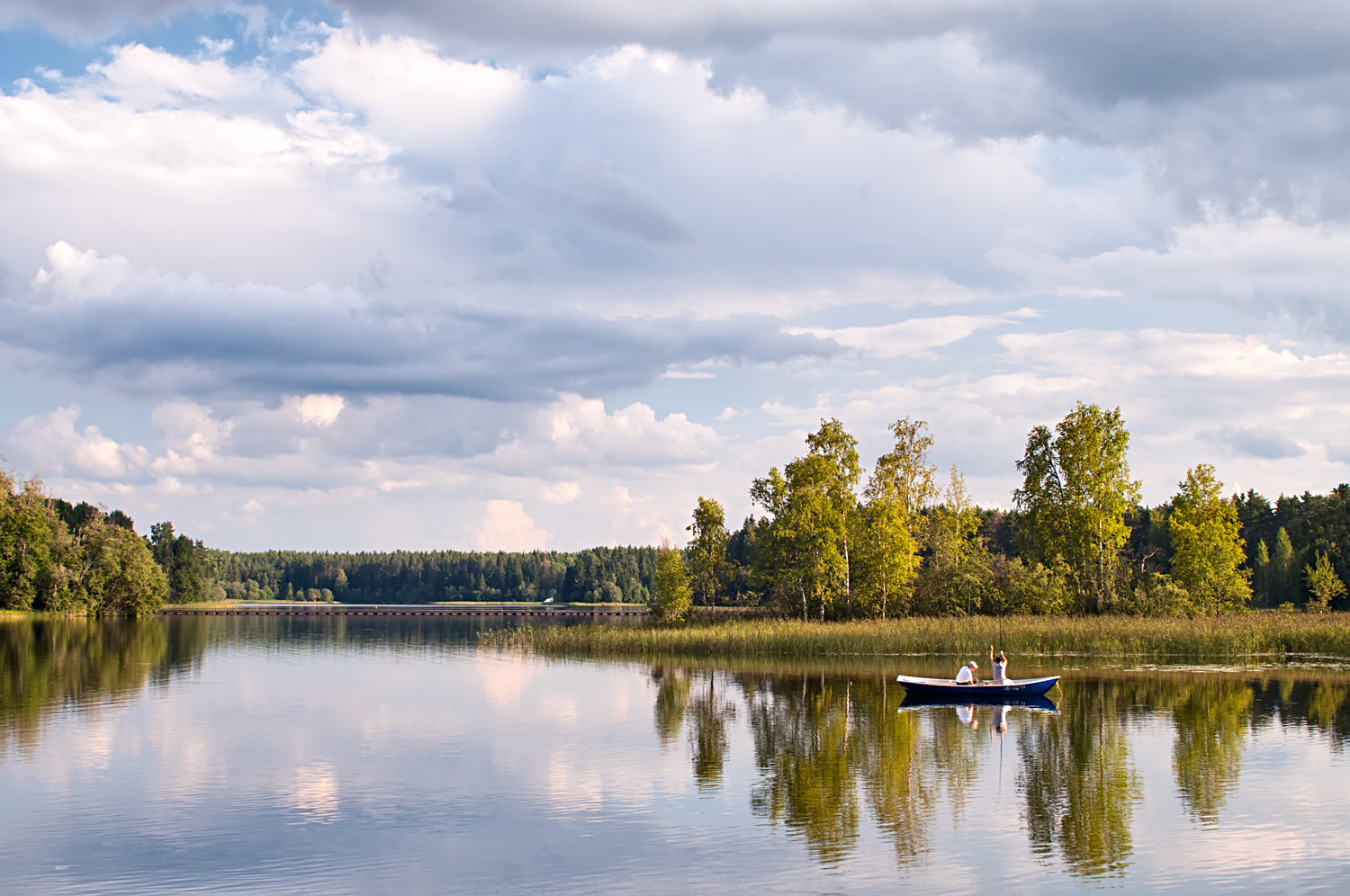The Voroninsky Reserve is a national natural reserve located in the valley of the Voron River (right tributary of the Hopyor River), in the forest-steppe zone, in the Kirsanovsky and Inzhavinsky districts of the Tambov region. The flora of the reserve has not been adequately studied at the moment. In the flora of the reserve there are many endemic and rare plant species, including orchid species introduced into the Red Data Book of the Russian Federation — dwarf, hazel grouse, asparagus, etc. The territory of the Voronin Reserve is influenced by temperate continental air, which determines the type of climate in the area . The climate of the reserve is moderately continental.
Перевод на русский язык:
Воронинский заповедник — государственный природный заповедник, расположенный в долине реки Вороны (правый приток реки Хопёр), в лесостепной зоне, на территории Кирсановского и Инжавинского районов Тамбовской области. Флора заповедника в настоящий момент изучена ещё недостаточно. Во флоре заповедника много эндемичных и редких видов растений, в том числе орхидных, внесённых в Красную книгу РФ — касатик карликовый, рябчик русский, ятрышник обожжённый и др. Территория Воронинского заповедника находится под влиянием умеренного континентального воздуха, который и определяет тип климата в данном районе. Климат заповедника умеренно континентальный.
3. Выпишите имя прилагательное в форме множественного числа, родительного падежа.
Знаю, что из всех лесных тайничков следят за мной быстрые глаза, влажные носы ловят бегущие от меня струйки ветра. Много кругом зверьков и птиц. А попробуй найди! (Сладков Н.)
4. Выпишите имя прилагательное в форме среднего рода, единственного числа, винительного падежа.
Днём горностая трудно увидеть. В зимнее время на чистом снегу отчётливо видны его парные лёгкие следы. (Соколов-Микитов И.)
5. Выпишите имя прилагательное в форме женского рода, единственного числа, винительного падежа.
Это был бурундук, проворный и ловкий зверёк, похожий на маленькую белку. Живут бурундуки под деревьями, в земляных неглубоких норах. В этих норах они устраивают вместительные кладовые, где прячут обильные запасы: кедровые орехи, подсолнухи, хлебные семена. (Соколов-Микитов И.)
6. Выпишите имя прилагательное в форме женского рода, единственного числа, родительного падежа.
Недвижно стоящего в лесу лося трудно увидеть — так сливается окраска его бурой шерсти с окраской окружающих его древесных стволов. (Соколов-Микитов И.)
7. Выпишите имя прилагательное в форме мужского рода, единственного числа, дательного падежа.
Мне ещё никогда не приходилось видеть, чтобы осторожные, пугливые лисицы подходили близко к человеку. Обычно они прячутся в лесу и живую лисицу даже опытному охотнику трудно близко увидеть. (Соколов-Микитов И.)
8. Выпишите имя прилагательное в форме множественного числа, предложного падежа.
В народных сказках лисицу обычно изображают хитрым зверем, обманывающим доверчивых птиц и зверей. (Соколов-Микитов И.)
9. Выпишите имя прилагательное в форме женского рода, единственного числа, предложного падежа.
Лоси любят воду, нередко переплывают широкие реки. Переплывающих реку лосей можно догнать на лёгкой лодке. Над водой видны их горбоносые головы, широкие ветвистые рога. (Соколов-Микитов И.)
10. Выпишите имя прилагательное в форме мужского рода, единственного числа, творительного падежа.
Неся над снегом пушистый свой хвост, пробегает лисица по снежным полям и сугробам, прислушиваясь к каждому звуку. Слух и чутьё у неё изумительны. Под глубоким сугробом она слышит писк мышей и безошибочно добывает их…(Соколов-Микитов И.)
Ответ:
The reserve is a land or water area within which the natural complex is completely and permanently removed from economic use and is protected by the state. In Russia there are more than 100 of these unique places of the nature which are under special protection and protection (till the end of 2020 it is planned to open 11 more). In accordance with the Federal law of the Russian Federation, 1995, nature reserves are types of protected areas (PAS), the status of their territories as national parks, has a Federal importance (247). Depending on the occupied areas, reserves are large (giant reserves, S more than 1 million hectares), medium and small.
Перевод:
Заповедник представляет собой участок земного или водного пространства, в пределах которого природный комплекс полностью и навсегда выведен из хозяйственного пользования и охраняется государством. В России находится более 100 этих уникальных мест природы, находящихся под особой охраной и защитой (до конца 2020 года планируется открыть еще 11). В соответствии с федеральным законом РФ 1995 года заповедники относятся к типу особо охраняемых природных территорий (ООПТ), состояние их территорий, как и нациоанальных парков, имеет федеральное значение (всего 247 объект). В зависимости от занимаемых площадей заповедники бывают крупные (заповедники-гиганты, S более 1 млн. га), средние и малые.
Объяснение:
Светило науки — 18 ответов — 0 раз оказано помощи
The reserve is a land or water area within which the natural complex is completely and permanently removed from economic use and is protected by the state. In Russia there are more than 100 of these unique places of the nature which are under special protection and protection (till the end of 2020 it is planned to open 11 more). In accordance with the Federal law of the Russian Federation, 1995, nature reserves are types of protected areas (PAS), the status of their territories as national parks, has a Federal importance (247). Depending on the occupied areas, reserves are large (giant reserves, S more than 1 million hectares), medium and small.
Перевод:
Заповедник представляет собой участок земного или водного пространства, в пределах которого природный комплекс полностью и навсегда выведен из хозяйственного пользования и охраняется государством. В России находится более 100 этих уникальных мест природы, находящихся под особой охраной и защитой (до конца 2020 года планируется открыть еще 11). В соответствии с федеральным законом РФ 1995 года заповедники относятся к типу особо охраняемых природных территорий (ООПТ), состояние их территорий, как и нациоанальных парков, имеет федеральное значение (всего 247 объект). В зависимости от занимаемых площадей заповедники бывают крупные (заповедники-гиганты, S более 1 млн. га), средние и малые.
Гость:
We live in the large world, but today we will talk about our small world — protected nature. Reserve is this place on nature, where animals the quantity of that diminishes instantly dwell. Therefore people thought of reserves specially for those animals that need help. Reserves are built for patients, little, injured and defenceless beasts. But most important, that life of these animals is unindifferent people. They were able to bring up in itself those feelings that helped animals to find a new house, new family and new friends : kindness, attention, heartiness.
To date very much reserves all over the world. But people must not violate the biological chain of life of animals, it is therefore important, that they were built in a suitable for life climate.
National parks attract tourists with their unique landscapes, clean air and water, and the opportunity to observe wild animals in their natural habitats. There are 49 national parks scattered across Russia, some of them located in truly remote places so it’s really hard to reach them, so get ready for an adventure.
1. Elk Island, Moscow
One of Russia’s first national parks, Losiny Ostrov (Elk Island) was created in 1983. It’s located to the north of the capital and stretches deep into the Moscow Region. Locals gather here to enjoy a calm weekend walking, riding bicycles, and of course looking at real elks.
How to get there: The entrance is near Belokamennaya station on the metro’s Circle Line. If you’d like to visit elks at the Biological Research Station you can catch a bus or ride a taxi from VDNKh metro station. Entrance to the park is free. Website.
2. Pleshcheyevo Lake, Yaroslavl
Pleschcheyevo Ozero (Lake) national park is located in the Yaroslavl Region (75 miles north east of Moscow) on the Golden Ring tourist route. Here you can feel the spirit of ancient Rus and welcome dusk on the lake embankment. The park surrounds the old city of Pereslavl-Zalessky, which is also worth to visit.
How to get there: Take a bus from Moscow’s Central Bus Station to Pereslavl-Zalessky. Check the schedule here (in Russian). All buses leave from platform 2. The entrance fee is 50 rubles ($0.80). Website.
3. Sochi National Park
The national park in Sochi (1,000 miles south of Moscow) was created in 1983 and it’s one of the most popular among Russians. The park has been reintroducing Caucasian leopards to the region since 2007. Tourists can enjoy waterfalls, caves, and canyons, or swim in the warm Black Sea located at the foot of park’s snowy mountains.
How to get there: Take a flight to Sochi. Then you need to catch the 86 bus, 101, or 104 bus from Sochi’s central railway station and get off at the “GIBDD” stop. Check the schedule here (in Russian). The entrance fee is 100 rubles ($1.60). Website.
4. Land of the Leopard, Vladivostok
If you travel to Vladivostok (5,600 miles east of Moscow) and like spotty rare cats, you will definitely fall in love with this place. The Land of the Leopard extends from Amur Bay (Sea of Japan) to Russia’s border with China and beyond. There’s only one tourist route in the park called “The Leopard’s Den.” Traces of wild cats can be found from the beginning of the hiking route, right up to a cave that was probably once lived in by a leopard. Also, there are several guided tours in the park.
How to get there: Take a flight to Vladivostok. Then you need to get to the park’s visitor center in the village of Barabash (Khasanskayastree, 6a) by jumping on the bus (check the schedule and buy tickets here). The entrance fee is 100 rubles ($1.60). If you’d like to order a guided tour, visit the park’s office in Vladivostok (Prospekt 100-letiyaVladivostoka, 127). Website.
5. Shorsky National Park, Kemerovo Region
This park on the Mrassu River boasts the best from Siberia: Towering Altai mountains, the snowy hills of Western Sayany, dense taiga, gushing waterfalls, crystal clear lakes, and over 70 natural landmarks. Rare birds and other animals live here and if you’re lucky enough you might get to spot them. There are five touristic routes in the park where transport can be used.
How to get there: Take a flight to Novokuznetsk (2,000 miles east of Moscow).Then you need to get to the town of Tashtagol by regular bus (check the schedule and buy a ticket here). The park’s administration is located on Sadovaya street, 8A. Please inform the park’s authorities via the site, e-mail, or phone about your visit to get a pass for the park. The entrance fee is 200 rubles, but you can also order additional guided tours. Website.
6. Zabaikalsky National Park, Buryatia
The park is home to real Siberian animals: Curious sables, brown bears, and fluffy foxes. And of course, Lake Baikal — the deepest in the world – is located there. The Ushkanye Islands are where you will find the Baikal seal.
How to get there: Take a flight to Ulan-Ude (3,500 miles east of Moscow). Then take a mini-bus from the Uzhny bus station to the town of Ust-Barguzin (7:00 a.m. and 3 p.m. daily). The park’s visitor center is located in the town on the Lenina st., 71. To visit the park, you should get a permit at the visitor center. The entrance costs 100 rubles ($1.60). Website.
7. Kenozersky National Park, Arkhangelsk Region
Yevgeny Shelkovnikov/Sputnik
The National Park of Kenozero (550 miles north of Moscow) impresses with its picturesque lakes, wooden chapels, small ancient villages, and undulating hills. Due to geological conditions, the plain forms an unique uplift surrounded by vast wetlands and taiga forest. In 2004 it was added to the list of UNESCO’s biosphere reserves.
How to get there: Take the train from Moscow to St. Petersburg, or Arkhangelsk to Nyandoma. Then you need to catch a bus to Kargopol and then a bus from Kargopol to Morschikhinskaya. Check the schedule on the park’s official website. The entrance fee is 100 rubles ($1.60).
8. Curonian Spit, Kaliningrad
Europe’s highest sand dunes are located in Russia’s smallest national park, Kurshskaya Kosa (Curonian Spit), where you can spend up to three days without a Russian visa if you’re on a cruise ship. Dunes the size of multi-story apartment complexes, pine forests, and Baltic beaches that stretch for many kilometers attract almost a million tourists every year.
How to get there: The park is located on the Russia-Lithuanian border — the state border control is right there. Take a bus from Kaliningrad to Klaipeda (check the schedule here) and get off before the border.
9. Samarskaya Luka, Samara
Take a wonderful trip to the Volga River and the Zhiguli Hills in Central Russia. Among popular landmarks are Molodetsky Kurgan, Devichya Gora, and the huge rock of Visly Kamen hanging 80 meters above the water.
How to get there: There are a lot of entrances to the park depending on the hiking route. Visit the central tourist’s office in Zhigulevsk (Tkacheva st., 109A) or Samara (Kuybysheva st., 127). You can get to Zhigulevsk from Samara by bus. The entrance fee is 50 rubles ($0.80). Website.
10. Valdai, Veliky Novgorod
The natural beauty of this park is a real draw for tourists: The picturesque lakes of Valdai and Seliger, Valdai Hills, and forests of glacial origin.
How to get there: Take a train from Moscow to Valdai or a bus from St. Petersburg. The entrance costs 100 rubles ($1.60). You can buy it in the park’s office in Valdai (Pobedy st., 5). Website (in Russian).
If using any of Russia Beyond’s content, partly or in full, always provide an active hyperlink to the original material.
Get the week’s best stories straight to your inbox
We live in the large world, but today we will talk about our small world — protected nature. Reserve is this place on nature, where animals the quantity of that diminishes instantly dwell. Therefore people thought of reserves specially for those animals that need help. Reserves are built for patients, little, injured and defenceless beasts. But most important, that life of these animals is unindifferent people. They were able to bring up in itself those feelings that helped animals to find a new house, new family and new friends : kindness, attention, heartiness.To date very much reserves all over the world. But people must not violate the biological chain of life of animals, it is therefore important, that they were built in a suitable for life climate.
Оцени ответ

